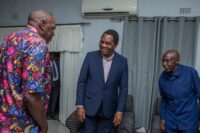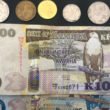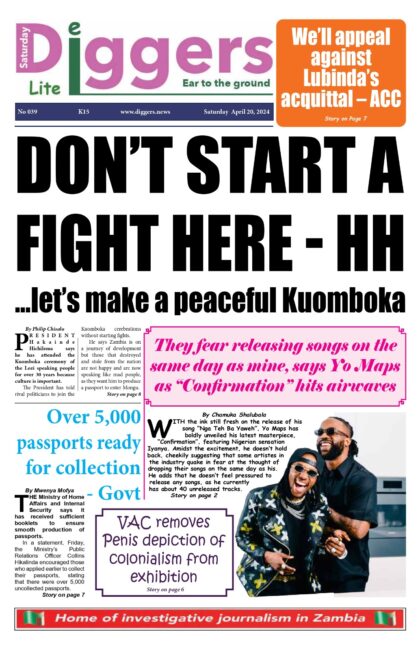THE kwacha has depreciated to hit the K21.00 per dollar psychological barrier for the first time ever in Zambia’s history, owing to overwhelmingly high demand for the greenback on the local market, compounded with little supply.
According to financial market players, the kwacha maintained a weak position, depreciating to breach and crash through an historic K21.00 per dollar mark, continuing its depreciating trend to now average K21 per dollar compared to an average K20.00 per dollar just five weeks ago.
This is the first-ever time the local currency depreciated to hit these levels in Zambia’s history.
While the kwacha maintained levels of around K20.00 per dollar by October 1, the local currency had resumed a dramatic slide to K20.62 by close of business on November 6 before eventually dropping even further by close of business, Monday, to K21 per dollar.
This means that the local unit has lost value of over 40 per cent since January, this year.
In its Treasury market update, FNB Zambia explained that the kwacha’s losses had been triggered by sustained dollar demand, which had completely outweighed supply of the greenback.
“The local unit continues to trade under pressure against a basket of currencies as dollar liquidity remains very patchy and spaced out. Bidders were willing to bid above K21.10 for the US dollar to fill some of their clients’ dollar demands. Although the central bank intervened, Friday, the amount tapped into the market was unable to move the rate downwards given overwhelming dollar demand,” stated FNB Zambia in its daily market update, Monday.
“News of the newly-elected US President (Joseph Biden) is not expected to have a significant impact on the rate as the kwacha remains unattached to global sentiments. We do not expect market dynamics to change in the short-term.”
And most commercial banks were quoting the local unit at an average K20.70 and K21.10 for bid and offer, respectively, by close of business, Monday.
Bureaus, such as Golden Coin at Arcades, Lusaka, had quoted the kwacha at K20.80 and K21.16 for bid and offer, respectively.
The local currency’s continued depreciation comes in the wake of government’s need to continue servicing the country’s huge external debt servicing repayments, often cited as one key driving factor in perpetuating the local currency’s poor performance this year.
Subsequently, dollars have been scarce on the local market despite sustained high demand.
The local currency has quickly lost value despite BoZ governor Christopher Mvunga having claimed last week that the central bank had successfully managed to maintain the kwacha at around K20.30 per dollar.










